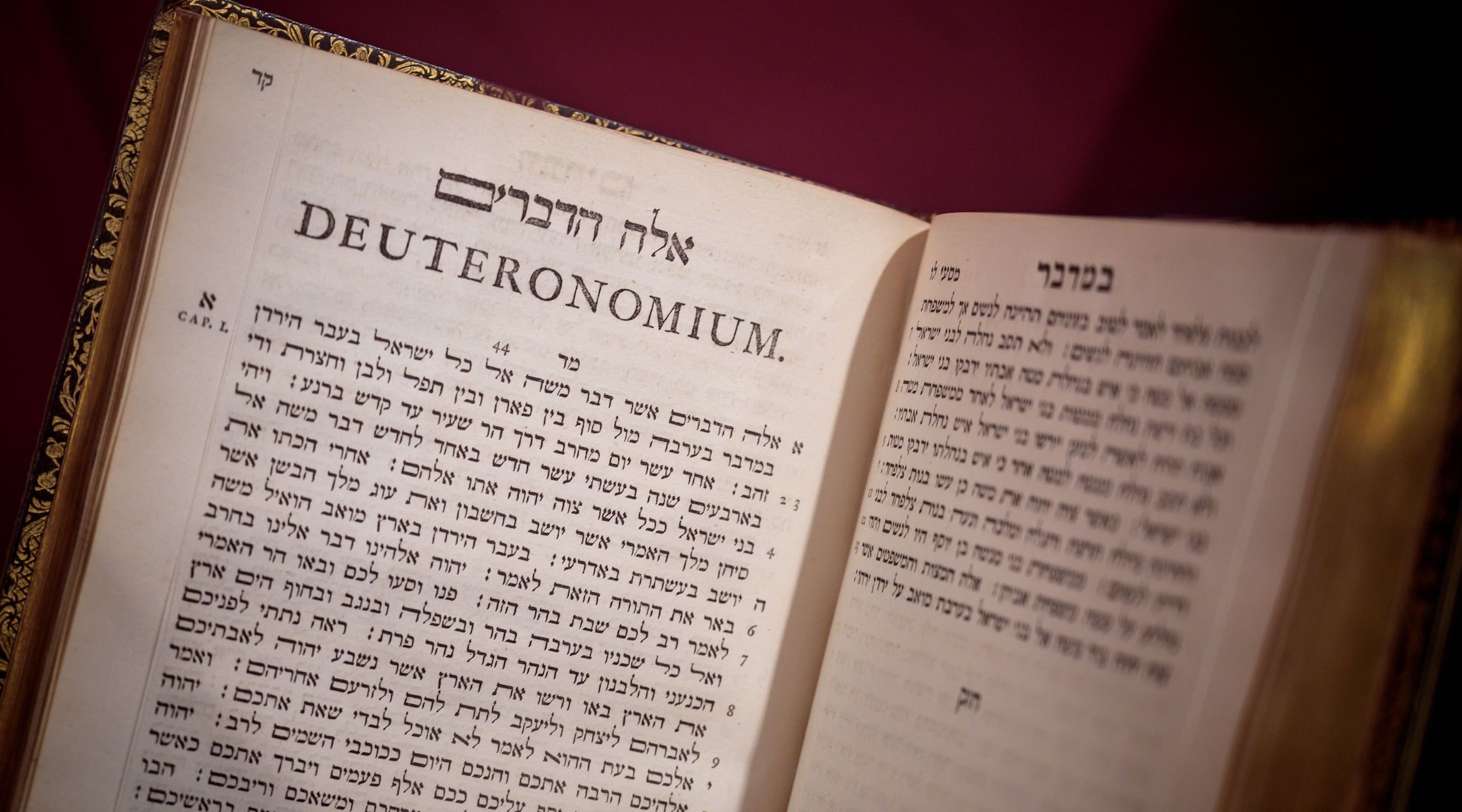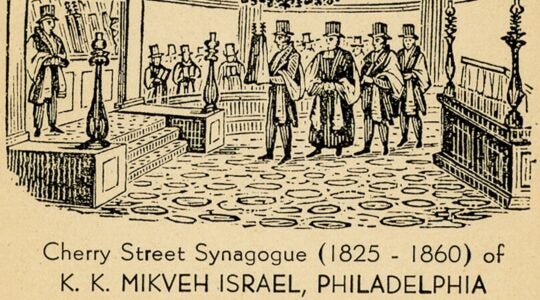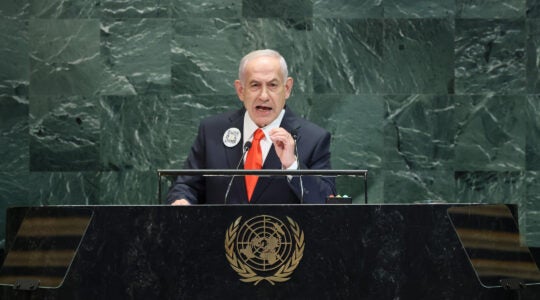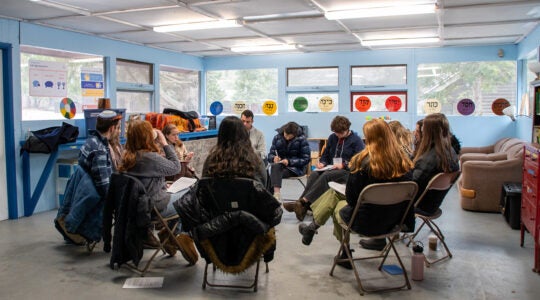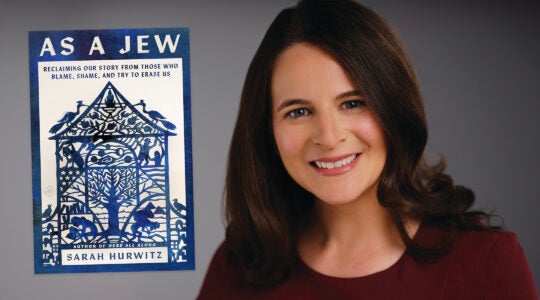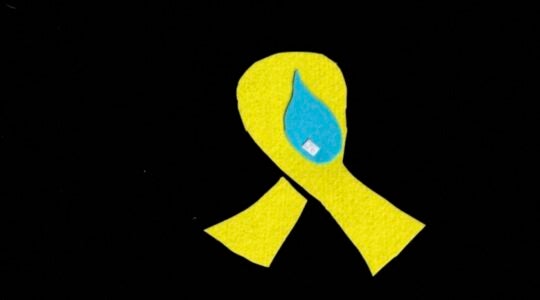(JTA) — Among the most enduring comforts of Jewish life are its endless patterns and repetitions — the seven-day rhythm of work and rest, the cycle of holidays, the endless carousel of Torah readings. Whatever else is going on in our lives — and however the rigors of the moment impinge on our individual Jewish journeys — these things happen, offering us a constant reminder that whoever we are and wherever the winding roads of life take us, we are in some sense marching together, along a singular path, even when we are separated from one another.
As a rabbi — and as a person deeply enmeshed in Jewish rhythms — I am usually aware of where we are in the cycle of readings. Most often I know what is coming up and what has just passed. But with everything that has happened over the last weeks, I admit that I forgot our place until just before Shabbat last week. And when I set out to remind myself, I hardly made it past the first word of the week’s portion: Vayakel, “and the people gathered together.”
It never fails to amaze me how the parashah, the weekly Torah reading, so often does seem tailored to the specific moment in which it appears, as if it had been selected rather than simply encountered. The first line of last week’s portion is “vayakel moshe et kol adat b’nai yisrael” — “And Moshe assembled the entire congregation of Israel together …”
It was truly a stunning — and disquieting — phrase to read as we sat at home, our schools and synagogues closed, our gatherings impossible. It offered a reminder, even as we try to stay connected with one another in new ways, just how much we will miss over the coming weeks and months. We will forgo shivas and weddings, baby namings and family seders. At the school where I work, our students will miss trips and performances and, perhaps more important, for the time being they will miss out on the simple act of coming together in the same space to live and learn and grow as a “kahal,” a community.
I told this to our school’s students and staff, but the same goes for Jews all over. We are lucky to be blessed with a brilliant and creative community and, as we move online for the coming weeks, we will continue to learn and laugh with one another. But it will not be the same. We cannot fully replace or replicate some of what we’ll lose and it’s OK to be sad about that. Judaism, after all, is a face-to-face endeavor, except for now it cannot be and we are all thinking hard about what that means for all of us.
When I get questions about what this moment will mean long-term for our community, this is my response: I wish I could tell you that I know. But I do not and probably will not anytime soon.
What I do know is that the Torah rarely, if ever, leaves us hanging completely. Last Shabbat we in fact read a double portion, the second half of which, Pekudei, is about constructing the Mishkan. “Pekudei” — the word in context means “records” or “accounts,” but it can also mean “to take note of” or “to take care.” If Vayekel begins with the people gathering together, the construction of the Mishkan is about carefully and rigorously setting a corner of the world apart. Chamber by chamber the community falls away until finally we reach the Holy of Holies, which is the realm of God alone and into which only one, the High Priest, may go.
I am reminded of a story that the Baal Shem Tov once shared about his approaching the Tree of Life. When he saw the tree in the distance, he was surrounded by throngs of people. But the crowds grew thinner and he drew near until suddenly he was standing directly beneath its branches and he realized he was by himself. The takeaway is clear: Clinging to the Tree of Life sometimes requires being alone.
This story, like the juxtaposition of Vayakel and Pekudei — gathering together and separating off — reminds us that the wells of Jewish living offer up deep waters for all occasions. We all live life on an oscillating spectrum of connectedness and loneliness, of embrace and distance. It was only two months ago that I danced with hundreds of others at my sister’s wedding. It was two weeks ago that we shared a joyful Purim at school — a luxury, I know, at a time when many communities had already begun to separate.
In time, we will all dance those dances again. And for now, may we all have the strength, the courage and the faith required to be there for one another even as we are apart.
JTA has documented Jewish history in real-time for over a century. Keep our journalism strong by joining us in supporting independent, award-winning reporting.

